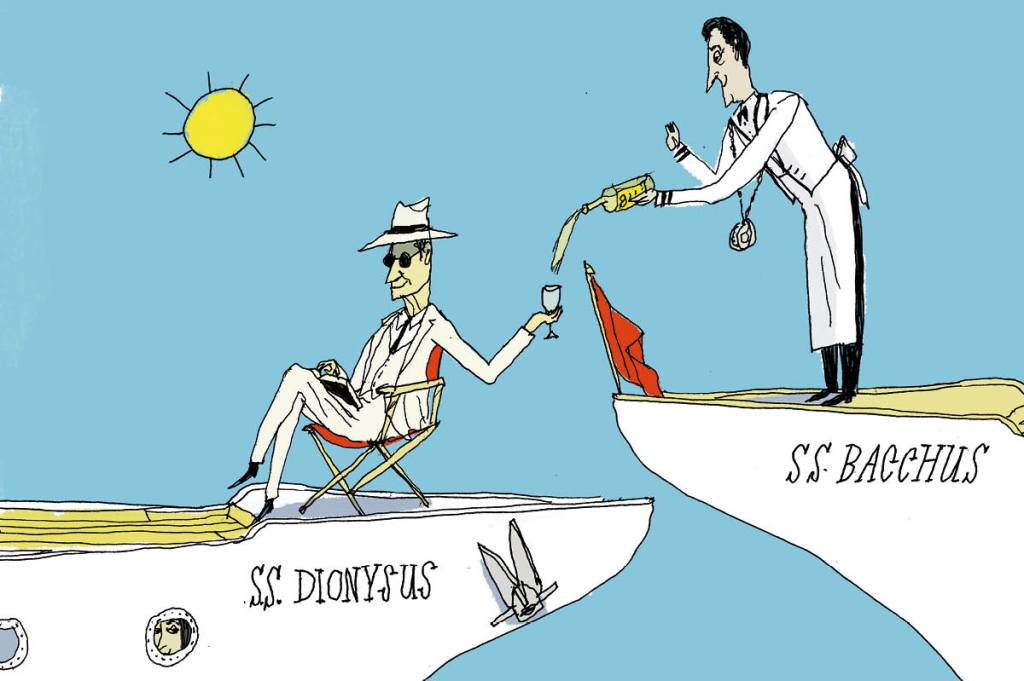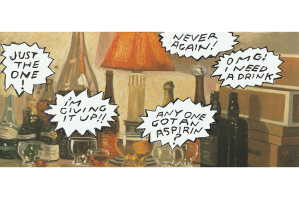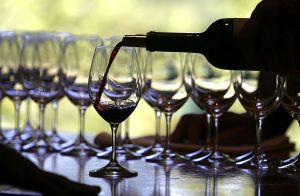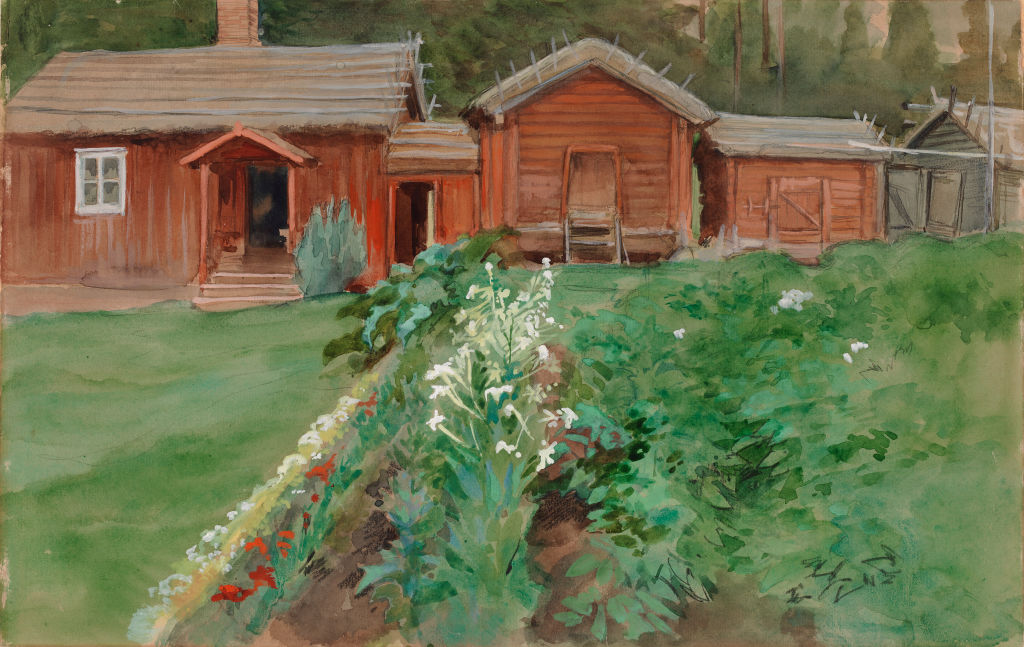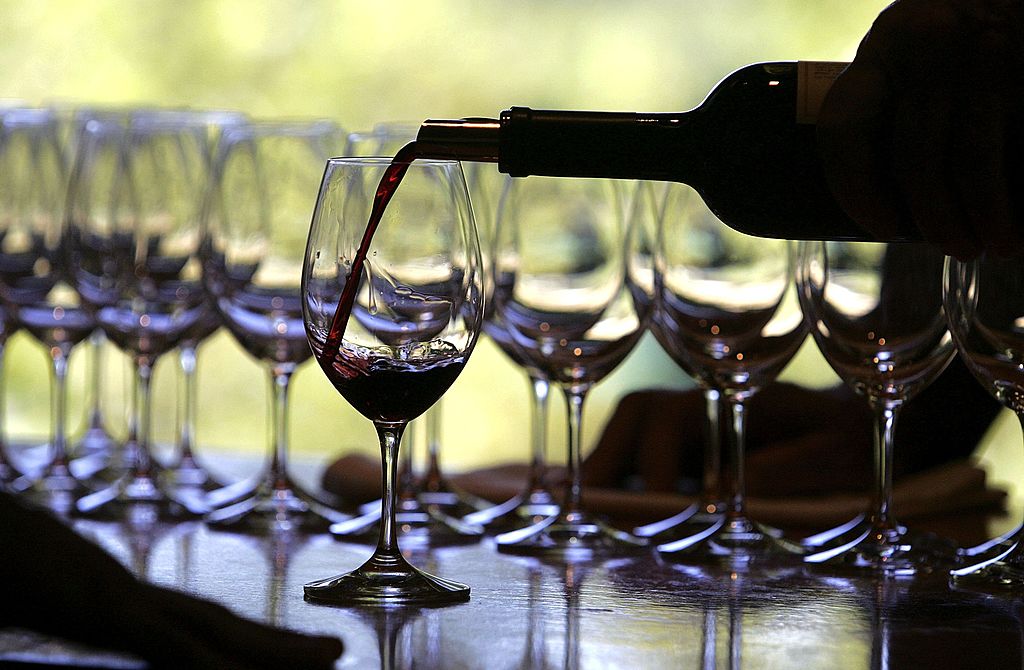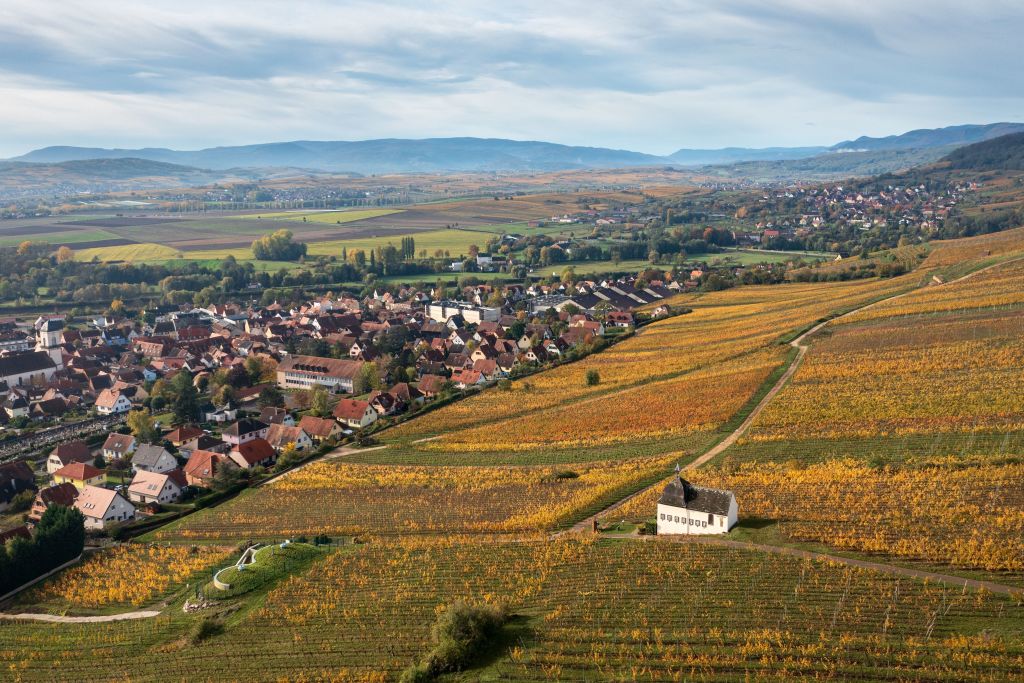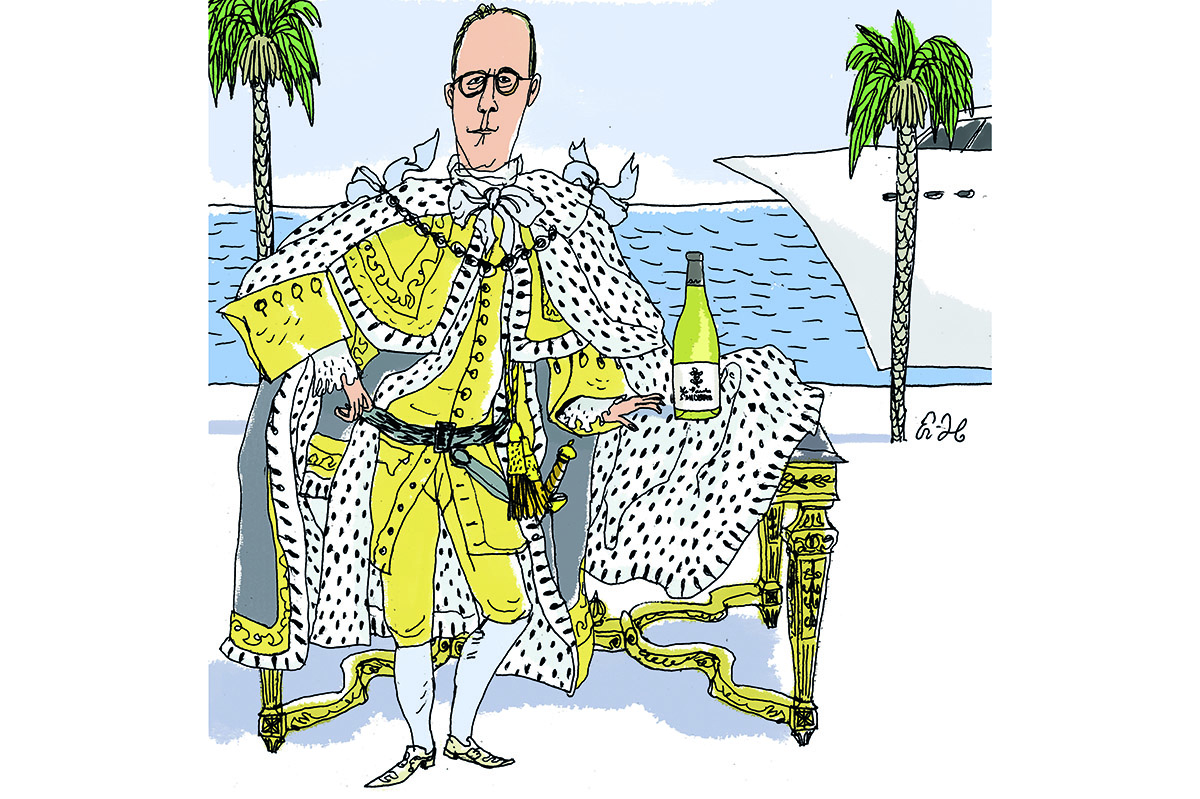It is a crisp, beautiful spring day as I write. The air is light and clear. The skies are a color I have always thought of as Virgin Mary blue, punctuated here and there by attractively arranged puffs of clouds at their whitest and least threatening. The greens of the verdure are at their most flashing and emerald-like.
That freshness will be enveloped by summer fullness by the time you read this, a contingency that makes me conclude that something like an abbreviated wine-diary — some of what Kimball drank during the month of May — might appeal to the connoisseurs and aficionados of the column.
Let’s start at the tip-top. Thanks to a beneficent fate, I was privileged to have dinner with friends that began with a bottle of Billecart-Salmon rosé Champagne (about $80), moved on a 2009 Chateau Figeac — one of the very best St. Émilions — and concluded (please have a seat) with a half-bottle of 1989 Chateau d’Yquem Sauternes. Were they good? In Xenophon’s Symposium (an account of the same dinner party that Plato wrote about as well), the diners are struck dumb by the beauty of a certain youth. So it is with beauty in many spheres, including the gustatory. About these wines, I feel as Wittgenstein did about that sphere of things that escape exact articulation: Wovon man nicht sprechen kann, darüber muss man schweigen (whereof one cannot speak, thereof one must be silent).
Attentive readers will note that I omit to give a price for the second two wines. I could look it up — so could you — but why spoil the fun? They were expensive, of that I have no doubt, but they were exceptionally delicious, which in my book offsets, obviates, even cancels the relevance of cost. (Someone should consider applying the machinery of Hegelian dialectic to wine: is an exceptional wine aufgehoben by the combination of its cost and its excellence?)
We can leave that question to one side as we make our way through some more quotidian, which is not to say pedestrian, wines. A couple of months ago, you and I took a trip to the Loire valley together. In May, I returned by sampling the 2020 Pouilly-Fumé “Les Cris” from Domaine Alain Cailbourdin. It is a lambent sort of wine, fresh, elegant, a fetching compact of fruit scents and mineral tones: Sauvignon Blanc at its most companionable, especially when you check the price and see that it is only about $25. May also found me lunching with friends over a bottle (well, two actually) of the 2020 “Léon,” a delightful Pouilly-Fumé from Jonathan Didier Pabiot. (The “Léon” in question is the owner’s son.) The terroir — an “incredible trio of Kimmeridigian marl, chalky Portlandian, and clay-silex on flint” — is evident in every sip of this taut, muscular, yet welcoming wine. It’s a steal at about $35.
For the last several years, “spring” has meant “rosé.” This once-deprecated style of wine is now all the rage, as a peek into any serious wine shop will remind you. The vast display of rosé, “orange,” “skin contact” wine, and the like at the front of the shop (by the cash register) tells you all you need to know. We’ve had occasion to review several rosés in past columns. Here are a few more.
Every wine drinker knows Sonoma-Cutrer, the California consortium of vineyards best known for its chaste but oaky Chardonnay. I just discovered that they also make a Pinot Noir-based rosé from grapes along the Russian River Valley. The 2022 “Rosé of Pinot Noir,” at $20, is a light, delicate, refreshing wine with a modest succulence in the mouth and a lingering finish. It is a new favorite chez Kimball, as is the 2022 Peyrassol Réserve Des Templiers, a cheerful rosé from the Côtes de Provence. This Grenache, Cinsault, Syrah and Mourvèdre blend (with a touch of Vermentino) is a classic Provençal rosé: jeweled, aromatic, at once crisp and complex. It, too, is about $20 — exceptional value.
I’ve had occasion to mention the Gotham Restaurant at 12 East 12th Street in New York City. Like some other restaurants, they have made special arrangements with select vintners on the creation of certain house wines. Their “12 East 12” Pinot Noir from a winery in Willamette Valley, Oregon, is an example. Some wine shops are doing something similar. The Rowayton Wine Shop near where I live in Connecticut is offering a lovely rosé from the Languedoc. Called “5 Mile: On River Time,” this very drinkable “Prestige Rosé” is 100 percent Syrah, and clean, straightforward and well-balanced. And at $13 a bottle it is also irresistible. The wine is as friendly and as approachable as the staff, who are ready to welcome you.
This article was originally published in The Spectator’s July 2023 World edition.



